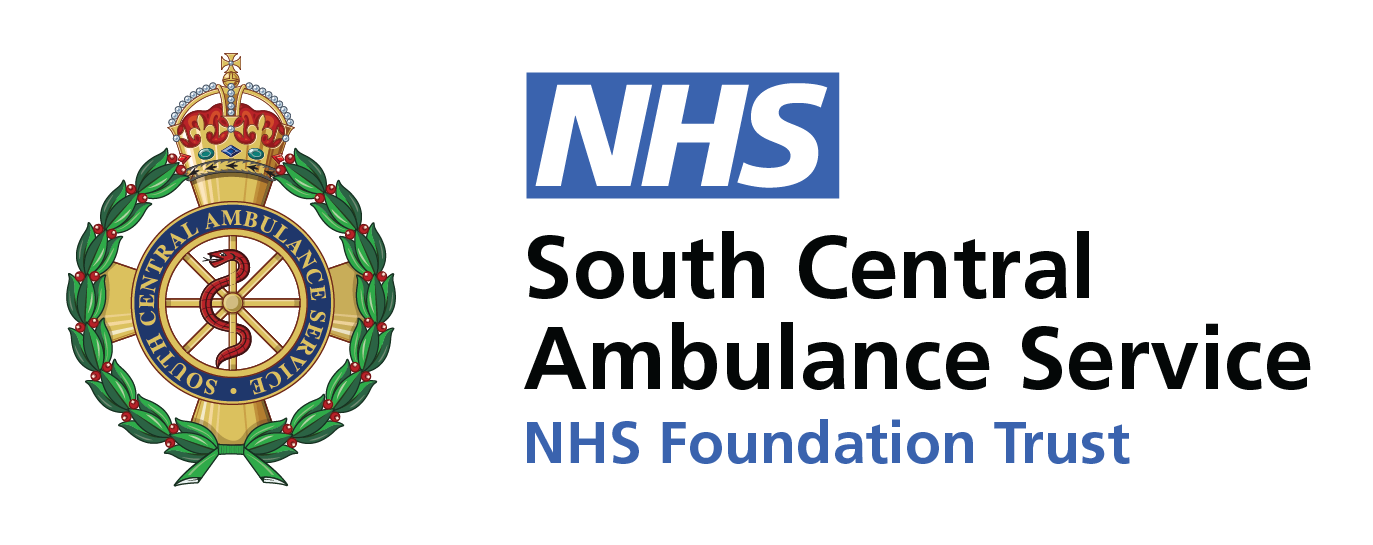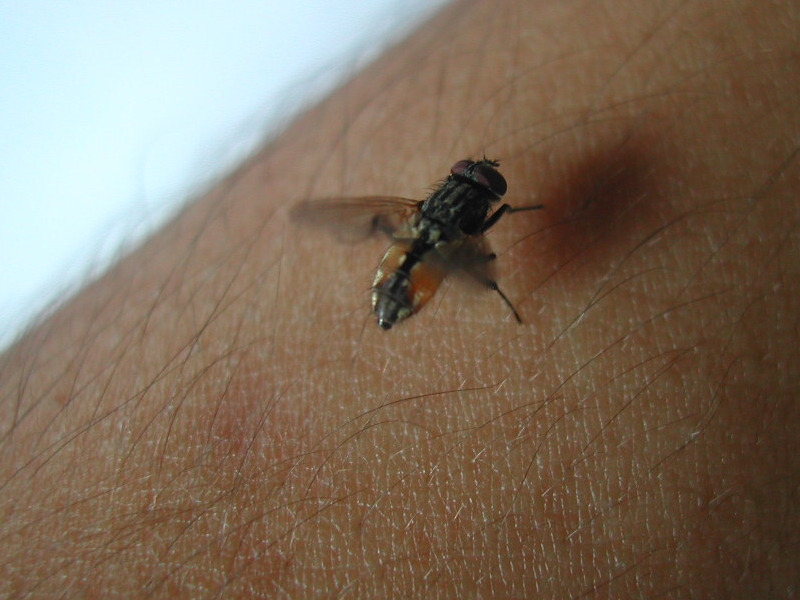Insect bites and stings are common and usually only cause minor irritation. However, some stings can be painful and trigger a serious allergic reaction. Here we give you some information on what to do, according to the type of bite and sting.
Ants
There are about 60 species of ant in the UK and the most common one is the black garden variety. In warm weather you need to look out for the red, wood and flying ants because they are the ones who will sting you. You will feel a nip, but it’s not dangerous as ants have less toxin in their sting than wasps or bees. The only evidence you have been stung will probably be a pale pink mark.
What to do if this happens: Use an ant repellent
Bedbugs
Bedbug bites cause itchy red bumps. Some people have a serious skin reaction with blisters that can become infected.
What to do if this happens: Go to your nearest Minor Injury Unit/Walk-in Centre
Prevention: If you spot tiny black spots on your mattress and bed, call a pest controller.
Bees
A bee sting feels similar to that of a wasp. The difference is that the bee leaves its sting inside you and it is important to remove it to stop an infection. Bee stings are painful, but if you do not have an allergy to bees, they will not cause serious damage. If you are allergic to wasp stings, you will be rarely allergic to bee stings. This is because bee and wasp venom is different.
What to do:
Stay still and calm while a bee buzzes around you. Bees love sweet drinks so be sure to look before you sip your drink at picnics and barbecues to avoid swallowing one!
How can you tell if you or someone else is experiencing an allergic reaction? Look out for the following signs:
- swollen eyes or lips
- breathing difficulties
- collapse and unconsciousness
Call 999 immediately and ask for an ambulance if you or someone else is having the above symptoms.
REMEMBER – if you are in a public place then you need to know exactly where you are so the ambulance can get to you as soon as possible.
Caterpillars
The caterpillars of a brown moth, called the oak processionary moth, are a real pest! They move about trees in late spring and summer. Look out for their white silken webbing nests and the white trails they leave on branches and trunks. Caterpillars have thousands of tiny hairs that contain a toxin that can cause itchy skin rashes, sore throats, breathing difficulties and eye problems on contact.
What to do:
Don’t touch or approach the caterpillars or nests; and don’t try to move the nests yourself. Contact a pest expert or the Council.
How can you tell if you or someone else is experiencing an allergic reaction? Look out for the following signs:
- swollen eyes or lips
- breathing difficulties
- collapse and unconsciousness
Call 999 immediately and ask for an ambulance if you or someone else is having the above symptoms.
Flower bug
If you are outdoors helping out in the garden, look out for flower bugs! Flower bugs have a tiny oval body, reflective wings and orange-brown legs. They are small but tough and can bite your skin quite aggressively. Look out for them on flowering plants in meadows, parks and gardens. The wounds are very itchy and often slow to heal.
What to do: Cover your bare skin and wear gloves to stop them nipping.
Horseflies
The bite of a large, hairy horsefly can be very painful. Horseflies tend to bite on warm, sunny days, especially around the head and upper body.
What to do: Their bite cuts the skin. This can be very painful and can easily become infected, so cover up and use insect repellent.
Ladybirds
The harlequin ladybird is more aggressive than ordinary ones and they bite more. They can be red or orange with multiple spots. Look out for a white spot on their heads – red ladybirds never have white patches.
What to do:
If you are outdoors helping out in the garden, wear gloves but try not to kill harlequin ladybirds as all ladybirds are good for the garden.
Midges and gnat
Midges (often also called gnats) are very common on damp and cloudy summer days. Midge bites are painful, cause itchiness and swelling.
What to do: Midges and gnats tend to attack in groups, especially in hot weather, so watch out and use an insect repellent plus cover up at dawn and dusk.
Mosquitoes
Mosquitoes can be very annoying as their bites cause intense itching and swelling.
What to do: Smells and bright colours attract mosquitoes. Cover up and use insect repellent at night if you are camping.
Spiders
Most spiders are not dangerous but some species are capable of giving a nasty nip – usually after rough handling or if they become trapped in your clothes. You can tell it’s a spider bite because it leaves little puncture marks.
What to do: Don’t disturb spiders if you can help it – they tend to bite you only when they feel threatened.
Ticks
These small spider-like creatures are not insects and can be found in woods, moors or thick grass.
What to do:
Once they’ve latched onto you, ticks cling to your skin and suck your blood like a vampire. The bite doesn’t really hurt, but certain types of tick can transmit a condition called Lyme disease.
Remove a tick or get someone to remove it for you as soon as you spot one on your skin. Wear long sleeves and trousers when you are walking in woods, moors and overgrown areas and use a tick repellent.
For more advice check on the NHS website. If you get a circular rash spreading out from where you were bitten you will need to go to your doctor or your nearest minor injury unit.
Wasps
A wasp can give a nasty sting if it feels threatened, leading to itching and swelling. Wasp stings can cause an allergic reaction if you have been stung more than once.
What to do:
Don’t try to swat wasps away. You’ll just make them cross and more likely to sting you. Instead, calmly and slowly move out of their way. Like other stinging insects, wasps love bright colours so wear white or neutral clothes to deter them. Look out for wasps’ nests in your home or garden and tell your parent or carer when you find them so they can have them removed by your local council or a pest control expert.
How can you tell if you or someone else is experiencing an allergic reaction? Look out for the following signs:
- swollen eyes or lips
- breathing difficulties
- collapse and unconsciousness
Call 999 immediately and ask for an ambulance if you or someone else is having the above symptoms.

